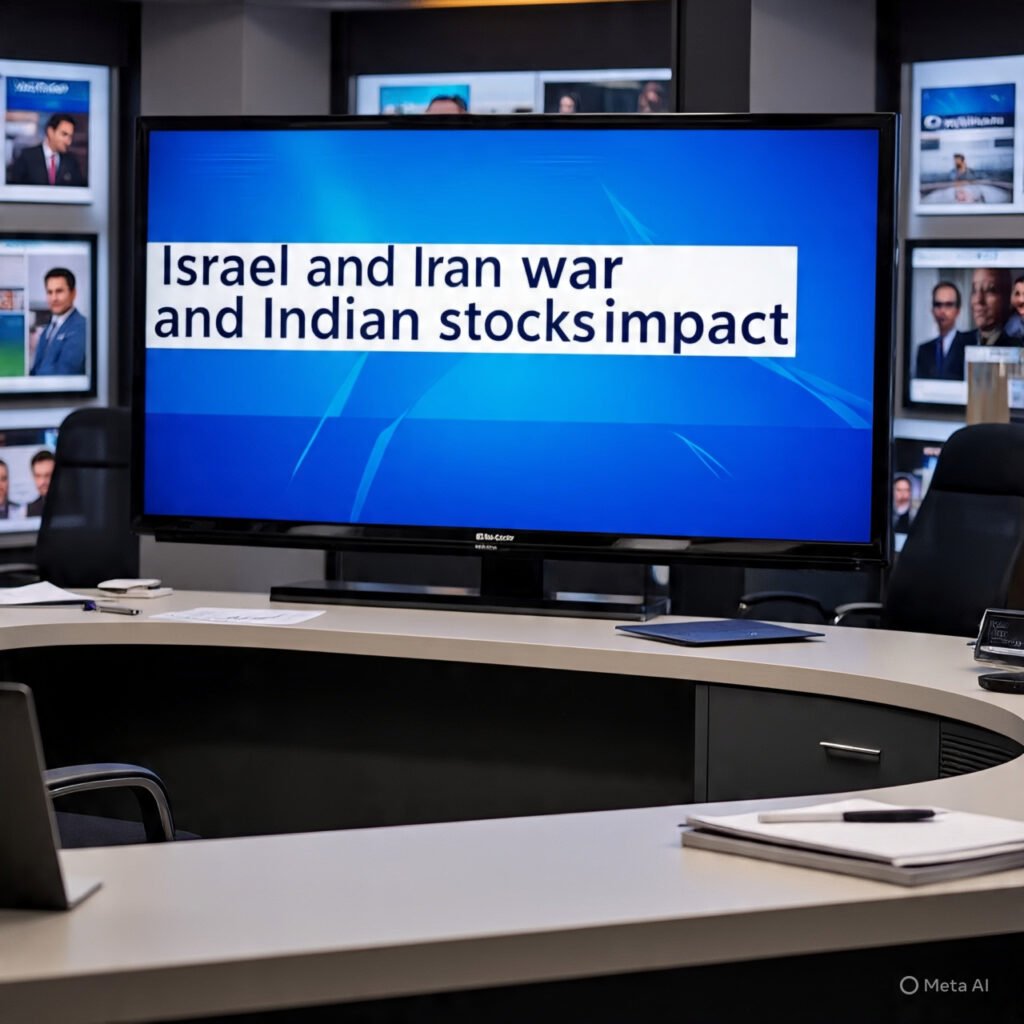
Madhya Bharat Agro Products Limited (MBAPL) – Financial and Strategic Analysis Table (Based on Q3 FY25)
Company Overview
Madhya Bharat Agro Products Limited (MBAPL), part of the Ostwal Group based in Bhilwara, Rajasthan, is a key player in the phosphatic fertilizer industry in India. The company operates two manufacturing plants in Sagar, Madhya Pradesh, with a combined capacity of 240,000 tons of Single Super Phosphate (SSP) and 240,000 tons of Di-Ammonium Phosphate (DAP)/Nitrogen-Phosphorus-Potassium (NPK) fertilizers annually. MBAPL is vertically integrated, producing key raw materials like phosphoric acid, sulfuric acid, and beneficiated rock phosphates. The Ostwal Group, which includes the holding company Ostwal Phoschem India Limited and subsidiaries MBAPL, Krishana Phoschem, and Shri Ganpati Fertiliser, has a total fertilizer manufacturing capacity of approximately 1.2 million tons across multiple locations.
MBAPL was acquired by the Ostwal family in 2004 as an SSP unit and turned profitable within the first year. Since then, it has expanded through strategic acquisitions of closed fertilizer units, maintaining an asset-light model that minimizes capital expenditure (CapEx) while enhancing returns. The company diversified into DAP/NPK production in 2022 by acquiring a phosphoric acid unit, and recent expansions have strengthened its position in the high-margin DAP/NPK segment.
Financial Performance (Q3 FY25)
MBAPL reported robust financial results for Q3 FY25 (October–December 2024), driven by strong demand for NPK fertilizers and operational efficiency:
- Revenue: Rs. 283.7 crore, up 16.4% year-over-year (YoY).
- EBITDA: Rs. 39.5 crore, up 119.4% YoY, with an EBITDA margin of ~13.9%.
- Profit After Tax (PAT): Rs. 17.9 crore, up 1,276.9% YoY, reflecting improved profitability and operational leverage.
- EBITDA per ton: Rs. 4,647, up 113% YoY, with a peak of ~Rs. 5,000 per ton in the quarter, driven by an improved product mix favoring high-margin DAP/NPK.
- Sales Volumes:
- NPK: 45,676 tons, up 43.8% YoY, with the DAP/NPK plant operating at 85% utilization.
- SSP: 39,331 tons, up 5.4% YoY.
- Debt and Subsidy:
- Total outstanding loans as of December 31, 2024: Rs. 211 crore (including Rs. 32 crore long-term debt).
- Subsidy outstanding: Rs. 77 crore.
The significant YoY growth in EBITDA and PAT highlights MBAPL’s ability to capitalize on strong market demand and optimize its product mix. The company’s focus on high-margin DAP/NPK products has improved profitability, with EBITDA per ton expected to remain in the Rs. 4,800 range for FY26.
Strategic Initiatives and Growth Plans of MBAPL
MBAPL is pursuing ambitious expansion plans to enhance its market presence and production capacity:
- Maharashtra DAP/NPK Plant (Nardana):
- MBAPL has entered into an agreement to acquire a closed DAP/NPK unit in Dahej, Gujarat, which will be dismantled and relocated to Nardana, Maharashtra, on a 587,000 square meter leased plot from MIDC.
- Capacity: 330,000 tons of DAP/NPK annually.
- CapEx: Rs. 535 crore, with financial closure of Rs. 248 crore secured from SBI, Axis Bank, and Federal Bank.
- Timeline: Expected to be operational by September 2026 (end of FY26).
- Strategy: Diversify market coverage to Maharashtra and southern India, leveraging higher-margin DAP/NPK production. Expected EBITDA per ton: >Rs. 6,000.
- Utilization: Projected at 40% in the first year (FY27), reaching full utilization by FY28, driving significant top-line and bottom-line growth.
- Phosphoric Acid Expansion (Sagar, Madhya Pradesh):
- Brownfield expansion to increase phosphoric acid capacity by 33,000 tons, from 49,500 tons to 82,500 tons.
- CapEx: Rs. 70 crore.
- Timeline: Completion targeted for Q2 FY26 (September 2025).
- Purpose: Captive consumption to support DAP/NPK production, enhancing cost efficiency and vertical integration.
- Asset-Light Growth Strategy:
- MBAPL has grown by acquiring and reviving six closed fertilizer units, keeping CapEx low and improving return on capital. The company plans to continue this strategy, identifying distressed assets for future expansion.
- Fundraising:
- MBAPL has approved a Qualified Institutional Placement (QIP) of Rs. 200 crore to fund the Nardana project, complementing the Rs. 248 crore debt financing. A consultant has been appointed to manage the process.
| Product | Licensed capacity (in MT) | Installed capacity (in MT) |
| SSP/GSSP | 240000 | 240000 |
| SULPHURIC ACID | 219800 | 99000 |
| PHOSPHORIC ACID | 49500 | 19800 |
| TSP/NPK/DAP | 120000 | 120000 |
MBAPL Industry and Market Dynamics
- Demand: The fertilizer industry witnessed a 50% YoY demand surge for NPK during the rabi season, driven by agricultural needs. MBAPL’s DAP/NPK plant operated at an optimal 85% utilization, reflecting strong market conditions.
- Raw Material Prices: Stable prices for most raw materials, except for a recent increase in sulphur prices. MBAPL expects a minor upward adjustment in subsidies to offset this rise, maintaining stable margins.
- Subsidy Environment: The government extended an ad hoc subsidy of Rs. 3,500 per ton on DAP until December 2024. However, DAP imports remain unviable at the current Maximum Retail Price (MRP) of Rs. 1,350 per pack, reinforcing MBAPL’s focus on NPK production (e.g., 20:20:0:13).
- Pricing Strategy: MBAPL adjusts fertilizer prices in response to raw material cost changes, aiming to maintain affordability for farmers while protecting margins.
Operational Strengths
- Vertical Integration: MBAPL’s in-house production of phosphoric acid, sulfuric acid, and beneficiated rock phosphates reduces reliance on external suppliers and mitigates cost volatility.
- By-Product Management: Gypsum, a by-product of phosphoric acid production, is sold to cement manufacturers near its plants in Madhya Pradesh and Maharashtra, ensuring efficient disposal.
- Geographic Diversification: The Ostwal Group’s four companies operate in distinct regions, minimizing market overlap and creating synergies at the group level.
- Experienced Management: The Ostwal family, including Pankaj Ostwal, Praveen Ostwal, and their father, oversees all group companies, ensuring consistent strategic direction.
Financial Health and Capital Structure
- Debt Levels: Current total debt stands at Rs. 211 crore, with a peak term loan level projected at Rs. 350 crore by FY26 due to the Nardana project. Working capital loans are separate and follow a 4–5 month cycle, peaking during low seasons (September and March).
- Working Capital: The average working capital cycle is ~90 days, extending to ~100 days during low seasons. MBAPL has adequate funds to support ongoing operations.
- Maintenance CapEx: Annual maintenance expenditure for existing facilities is Rs. 20 crore, indicating efficient asset management.
- Subsidy Receivables: Outstanding subsidies of Rs. 77 crore as of December 31, 2024, are within manageable levels for the company’s scale.
Risks and Challenges
- Raw Material Price Volatility: Recent sulphur price increases could pressure margins if not offset by subsidy adjustments or price hikes.
- Project Execution Risks: The relocation and commissioning of the Nardana plant by September 2026 involves logistical and operational challenges. Delays could impact projected revenue and profitability.
- Subsidy Dependence: The fertilizer industry’s reliance on government subsidies exposes MBAPL to policy changes, which could affect cash flows if subsidy disbursements are delayed.
- Market Competition: While MBAPL benefits from geographic diversification, competition in the DAP/NPK segment could intensify as demand grows.
- Debt Burden: The projected peak debt of Rs. 350 crore by FY26, while manageable, will increase interest expenses and requires disciplined financial management.
Investment Thesis of MBAPL
MBAPL presents a compelling investment opportunity due to its strong growth prospects, operational efficiency, and strategic expansions:
- Revenue Growth: The Nardana plant, operational by FY26, will add 330,000 tons of DAP/NPK capacity, significantly boosting top-line growth from FY27 onward. Full utilization by FY28 is expected to drive a substantial jump in revenues and profits.
- Margin Expansion: The shift toward high-margin DAP/NPK production, with expected EBITDA per ton exceeding Rs. 6,000 at the Maharashtra plant, will enhance profitability. Current EBITDA margins of ~13.9% are sustainable, with potential for improvement as new capacities come online.
- Asset-Light Model: MBAPL’s strategy of acquiring and reviving closed units minimizes CapEx, delivering high returns on capital. The Nardana project continues this approach, leveraging existing infrastructure.
- Vertical Integration: In-house raw material production and by-product management reduce costs and enhance margins, providing a competitive edge.
- Market Tailwinds: Strong demand for NPK fertilizers, driven by agricultural needs, supports MBAPL’s growth trajectory. The company’s ability to operate at high utilization rates underscores its market strength.
MBAPL is a strong growth story in the Indian fertilizer sector, with a proven track record, strategic expansions, and a focus on high-margin products. The company’s asset-light model, vertical integration, and robust demand for NPK fertilizers position it for sustained revenue and profit growth. While execution and subsidy risks exist, MBAPL’s experienced management and financial discipline mitigate these concerns. Investors with a medium- to long-term horizon (2–3 years) can expect significant upside as the Nardana plant ramps up and margins expand.


Pingback: Stock Analysis Report: Madhya Bharat Agro Products Limited (MBAPL) Share price - Q4 FY25 - onedailysnap.com